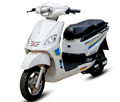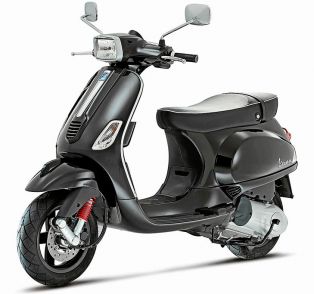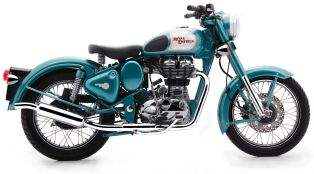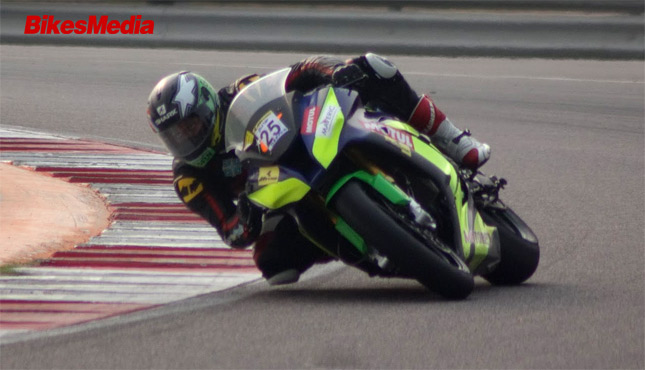 I have watched "The twist of the Wrist" for the 3rd time and finally understand what Keith Kode talks about in the first 30 minutes. According to the legendary instructor, a proper handling is the result of proper use of suspension stroke, counter steering, lean angle and throttle angle. In any modern day sports bike, all the tools to execute these steps are already present and the only thing we need is a proper muscle memory to react accordingly while entering a corner. Let’s take a look at these steps and learn how to corner like a pro.
I have watched "The twist of the Wrist" for the 3rd time and finally understand what Keith Kode talks about in the first 30 minutes. According to the legendary instructor, a proper handling is the result of proper use of suspension stroke, counter steering, lean angle and throttle angle. In any modern day sports bike, all the tools to execute these steps are already present and the only thing we need is a proper muscle memory to react accordingly while entering a corner. Let’s take a look at these steps and learn how to corner like a pro.Counter steering:
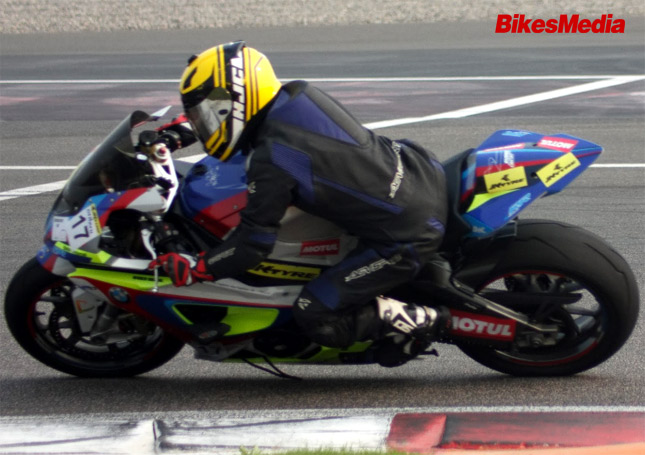 It means pressing left to go right. For example, if you wish to turn your bike to the right, then gently press the left side handle in-wards and the bike automatically tip into the right side corner, as the steering moves from left to right. Even the leaning works on the basis of counter steering, because as we lean right into the corner, we pressure the right handlebar, essentially pushing it left and then into right. You can see counter-steering action by going at 30 km/h and taking the hands off the handle. The only way the bike will move left or right is due to the change in the steering which counters steers as your body moves left and right. Counter steering works even if you’re mid-corner, press the grip inside the turn to make the turn tight and press it against the turn to make it wide.
It means pressing left to go right. For example, if you wish to turn your bike to the right, then gently press the left side handle in-wards and the bike automatically tip into the right side corner, as the steering moves from left to right. Even the leaning works on the basis of counter steering, because as we lean right into the corner, we pressure the right handlebar, essentially pushing it left and then into right. You can see counter-steering action by going at 30 km/h and taking the hands off the handle. The only way the bike will move left or right is due to the change in the steering which counters steers as your body moves left and right. Counter steering works even if you’re mid-corner, press the grip inside the turn to make the turn tight and press it against the turn to make it wide.Suspension stroke and Throttle control:
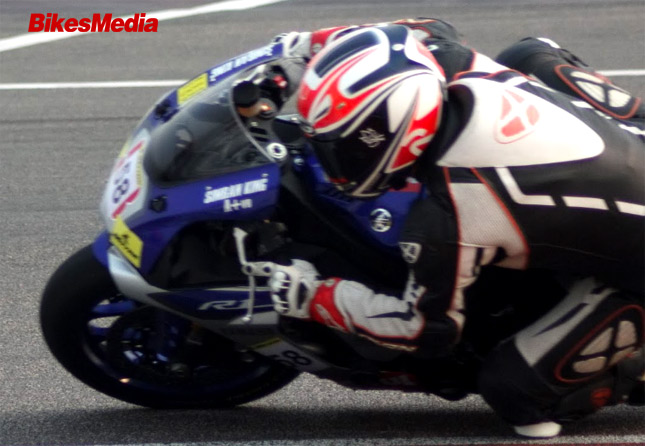 There are 3 strokes in any suspension setup, an initial stroke, a mid-stroke, and a high/end-stroke. While dipping into a corner the state of the suspension in any of these strokes, determines how well the grip is generated by the tyres. Speaking of tyres, the reason why the rear tyre is bigger comes into play, as the rear tyre needs to handle more weight when we pull in the throttle, it is kept bigger than the front one.
There are 3 strokes in any suspension setup, an initial stroke, a mid-stroke, and a high/end-stroke. While dipping into a corner the state of the suspension in any of these strokes, determines how well the grip is generated by the tyres. Speaking of tyres, the reason why the rear tyre is bigger comes into play, as the rear tyre needs to handle more weight when we pull in the throttle, it is kept bigger than the front one. On a standstill, the weight of the bike is 50-50 distributed, but as we roll on the throttle, the torque begins to accelerate the rear tyre thus transferring weight over it. The rule to remember here is that once the throttle is open, it needs to be rolled on evenly and smoothly throughout the rest of the turn. If you let go of the throttle mid-turn, then the weight gets transferred to the front of the bike, causing the front tyre contact patch to widen thus putting you wide into the corner.
Another part of the cornering efficiently is the throttle control. The RPM should be kept at around 4000 RPM at the beginning of any turn. Although the cornering calculations were done for a 600cc or above motorcycle which is dipping in the corner at around 1.2 to 1.3 G since every bike has a suspension setup according to its own engine, you can vary this range between 4000-5000 RPM. It is the range when the suspension is in mid-stroke. Keeping it there is important because, in this state, it is pressed enough to increase the rear tyre’s contact patch for a good grip but still has enough travel in it for any uneven surface that you might encounter within the corner.
People often get confused about what happens to the suspension when we increase the speed of the bike suddenly. If you are opening the throttle too hard, then the rear end of the motorcycle rises and increases the stiffness of the suspension. An unnaturally stiff suspension is not able to follow the unevenness of the road which results in loss of traction and bad handling.
Even in the rain when the traction is low, a good and smooth throttle control will help you achieve the maximum grip out of your tyres.
By: Yetnesh Dubey





